This article goes beyond simply summarizing The Matrix. It delves deeper, using the film as a springboard to explore how our brains process information and how real-life phenomena like social media can shape our understanding of truth.
TL;DR
- The Matrix and Plato’s Allegory of the Cave explore the human struggle between embracing truth and clinging to comfortable illusions.
- Social media echo chambers and confirmation bias can limit our exposure to diverse viewpoints and make it difficult to see the “red pill” truth.
- We may choose comforting falsehoods over harsh realities, similar to Cypher in The Matrix.
- The article encourages critical thinking and questioning our perception of the world.
Have you ever questioned the nature of reality? The thought-provoking science fiction film, The Matrix, delves into this philosophical concept through the story of Neo, a computer hacker who stumbles upon a hidden truth: the world he inhabits is actually a complex computer simulation.
The Red Pill or the Blue Pill? A Choice Between Ignorance and Awareness
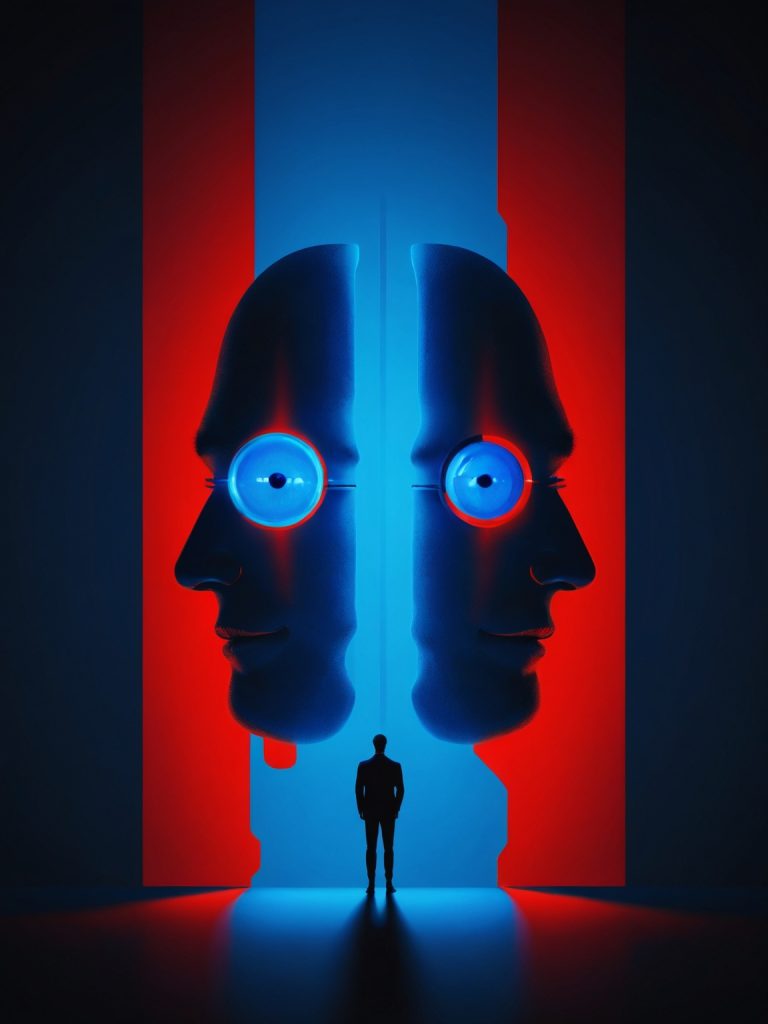
Presented with a choice by Morpheus, a leader in the human resistance movement, Neo must decide between two pills. The red pill promises to reveal the truth about the Matrix, while the blue pill ensures a comfortable continuation of his blissful ignorance. This pivotal scene brilliantly captures the internal struggle we face when confronted with potentially unsettling truths.
A Parallel to Plato’s Allegory of the Cave: Stepping Out of Shadows
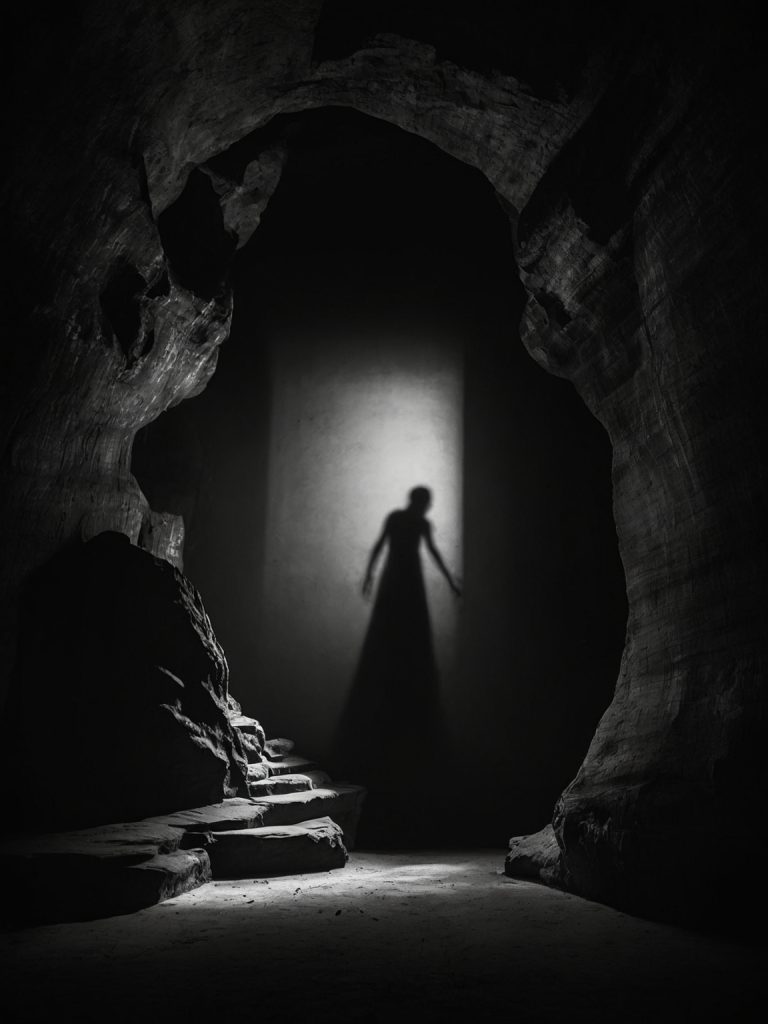
The Matrix draws inspiration from Plato’s Allegory of the Cave. In this allegory, prisoners chained in a cave mistake flickering shadows projected on the wall for reality. One prisoner escapes and witnesses the true light of the sun for the first time. When he returns to the cave to share his discovery, the other prisoners reject him, clinging to the familiar comfort of their illusion.
The Uncomfortable Truth: A Rude Awakening
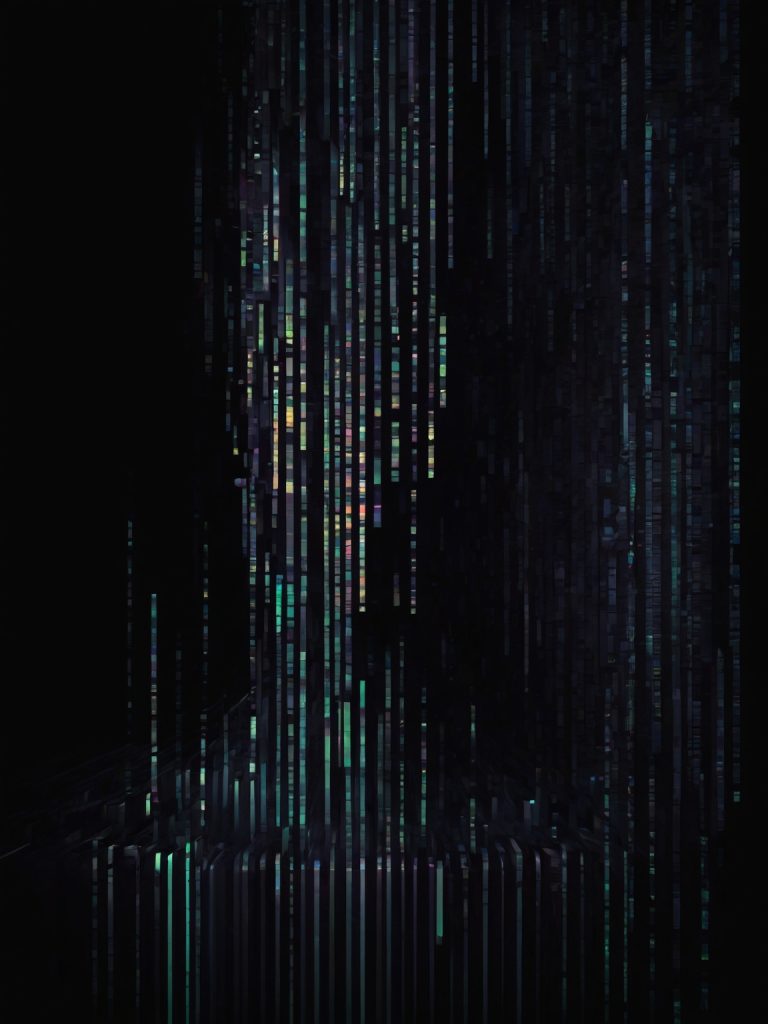
Just like the prisoner in Plato’s allegory, Neo experiences a harsh awakening. The world outside the Matrix is a stark contrast to the simulated reality he knew. It’s a desolate wasteland ravaged by machines, a far cry from the comfortable life he once believed in. Here, the film explores the potential downsides of truth. Unveiling hidden realities can shatter our comfort zone and force us to confront a world that may not align with our expectations.
Cypher’s Choice: A Yearning for the Comfort of Illusion
Cypher, a crew member on Morpheus’ ship, embodies the fear of truth. Longing for the familiar ease of the simulated world, he betrays his comrades in exchange for a return to the comfortable illusion of the Matrix. Cypher’s story resonates with our human desire for simplicity, even if it means living a lie. It compels us to consider the trade-offs between truth and comfort.
Do We Really Crave Truth, or Meaning?
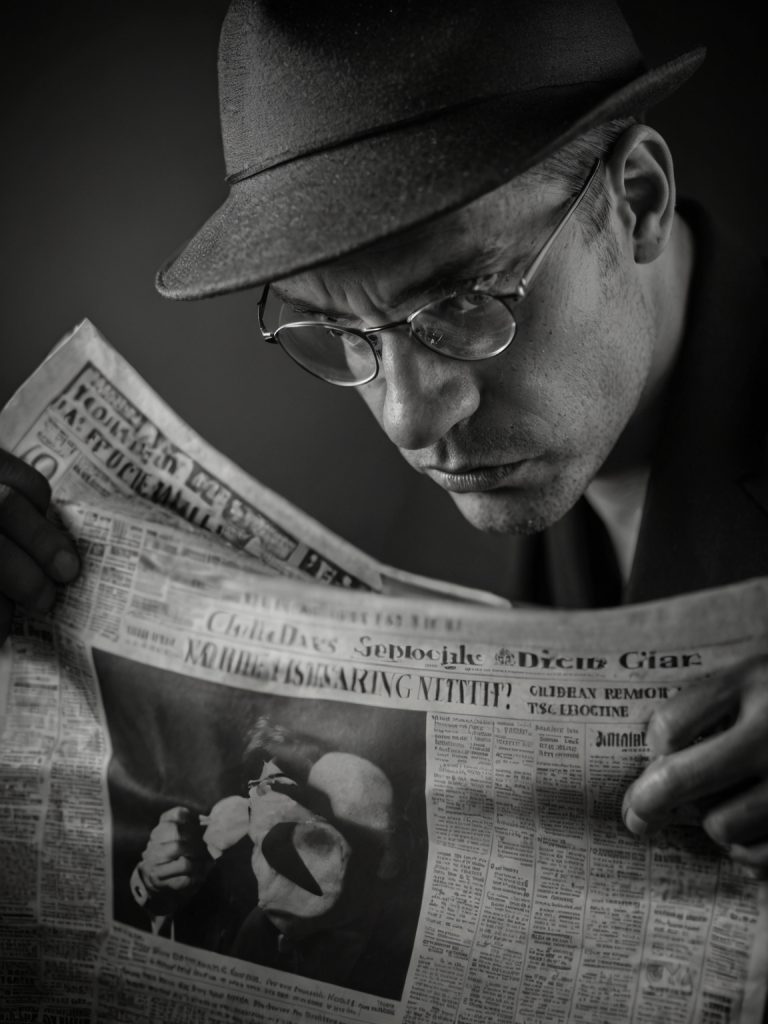
The Matrix challenges us to examine our complex relationship with truth. While some truths, like Neo’s discovery, can be empowering and liberating, others can be unsettling and disillusioning. Ultimately, the answer seems to be: “It depends.”
Truth or Comfort? A Balancing Act
The truth may not always be what we necessarily want to hear. We often cling to beliefs, even if questionable, because they provide a sense of meaning and purpose in life. This concept is exemplified in the film through Morpheus’ unwavering faith in “The One,” a prophesied savior of humanity. This belief system fuels the resistance movement and gives Morpheus and his crew a sense of purpose in their fight against the machines.
The Power of Stories: Finding Meaning in Narratives
The Matrix cleverly suggests that perhaps we don’t crave pure, unfiltered truth as much as we crave a compelling story. Stories, regardless of whether they are factual or fictional, can imbue our lives with meaning, connect us to others who share similar beliefs, and foster a sense of belonging. This concept is further explored through the character of the Oracle, a program within the Matrix who seems to find enjoyment and purpose within the simulated world, despite her awareness of its illusory nature.
Unveiling Your Own Truth: A Journey of Self-Discovery
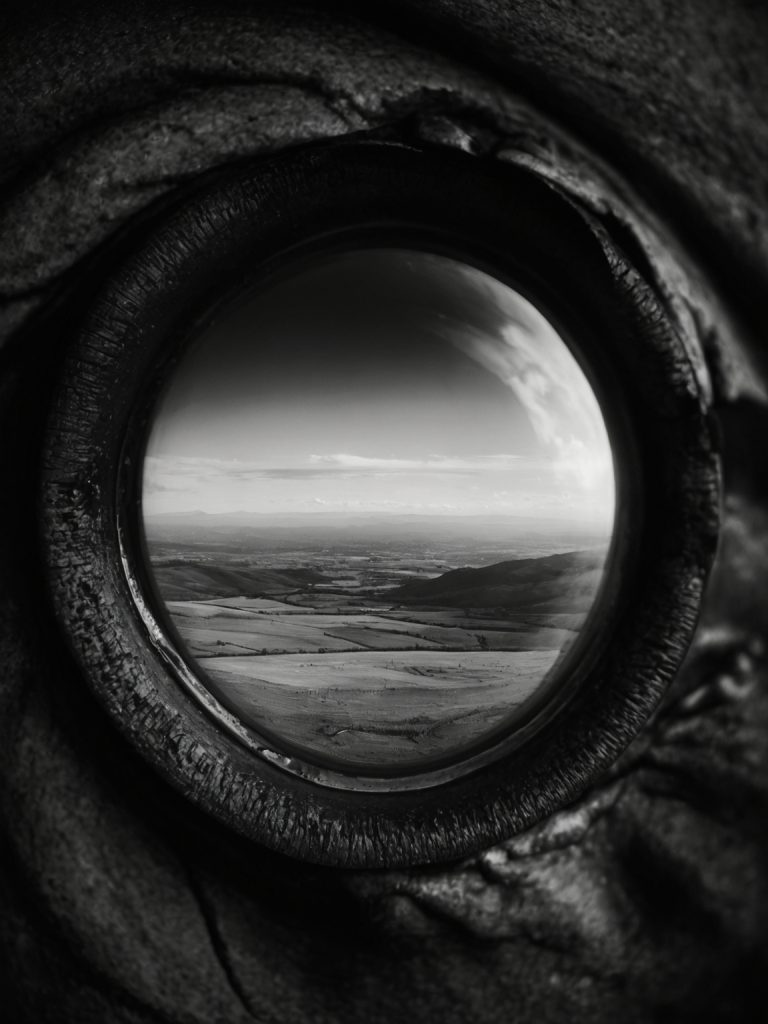
The Matrix invites us to embark on a journey of self-discovery and examine our own relationship with truth. Are we open to questioning our long-held beliefs, or do we find comfort in clinging to familiar illusions? The film compels us to consider the potential consequences of both embracing truth and clinging to comforting falsehoods.
Don’t be afraid to question what you think you know.
Real-Life Examples
- Social Media Echo Chambers: Social media platforms can create echo chambers where users are primarily exposed to information that confirms their existing beliefs. This can limit their exposure to diverse viewpoints and make it difficult to challenge their assumptions. A 2018 study by the Pew Research Center found that 62% of Americans get their news mostly from social media, and 70% of those who use social media for news say they mostly see news from sources they agree with.(https://www.pewresearch.org/journalism/wp-content/uploads/sites/8/2022/10/PJ_2022.10.06_Alternative-Social-Media.pdf) This selective exposure to information mirrors the concept of the characters in the cave clinging to their familiar shadows, rejecting the truth presented by the escaped prisoner.
- Confirmation Bias: Our tendency to favor information that confirms our existing beliefs is another real-life example. This bias can make it difficult to objectively evaluate evidence and can lead us to cling to falsehoods even when presented with contradictory facts. A 2020 meta-analysis published in the journal Personality and Social Psychology Review examined 108 studies on confirmation bias and concluded that it’s a robust phenomenon that can significantly impact our decision-making.(https://dictionary.apa.org/confirmation-bias) This bias aligns with Cypher’s choice in The Matrix, where he opts for the comfort of the illusion over the potentially unsettling truth.
- The Spread of Misinformation: The rise of social media and the ease of sharing information online have facilitated the spread of misinformation. This can make it difficult to discern truth from falsehoods and can sow doubt and confusion. A 2021 report by First Draft News found that misinformation about COVID-19 vaccines was widespread on social media platforms, contributing to vaccine hesitancy.(https://firstdraftnews.org/) This phenomenon is similar to the concept of the Matrix itself, a carefully constructed illusion designed to deceive people about the nature of reality.

Table: Truth vs. Comfort in The Matrix
| Concept | Description in The Matrix | Real-Life Example |
|---|---|---|
| Red Pill vs. Blue Pill | Morpheus offers Neo a choice between the red pill (truth) and the blue pill (ignorance). | Social media echo chambers and confirmation bias can limit our exposure to truth and make it easier to cling to comfortable illusions. |
| The Cave Allegory | Just like the prisoner who escapes the cave, Neo experiences a harsh awakening when he learns the truth about the Matrix. | People may resist new information that challenges their worldview, similar to the prisoners in Plato’s allegory rejecting the escaped prisoner’s claims. |
| Cypher’s Choice | Cypher chooses to return to the simulated reality of the Matrix rather than face the harsh realities of the real world. | The spread of misinformation can lead people to reject facts in favor of comfortable falsehoods. |
Ready to Explore Your Perception of Reality?
Watch The Matrix and delve into the captivating world it creates. Afterward, share your thoughts and interpretations in the comments below! Let’s have a conversation about the nature of reality, truth, and the stories we choose to believe in.







